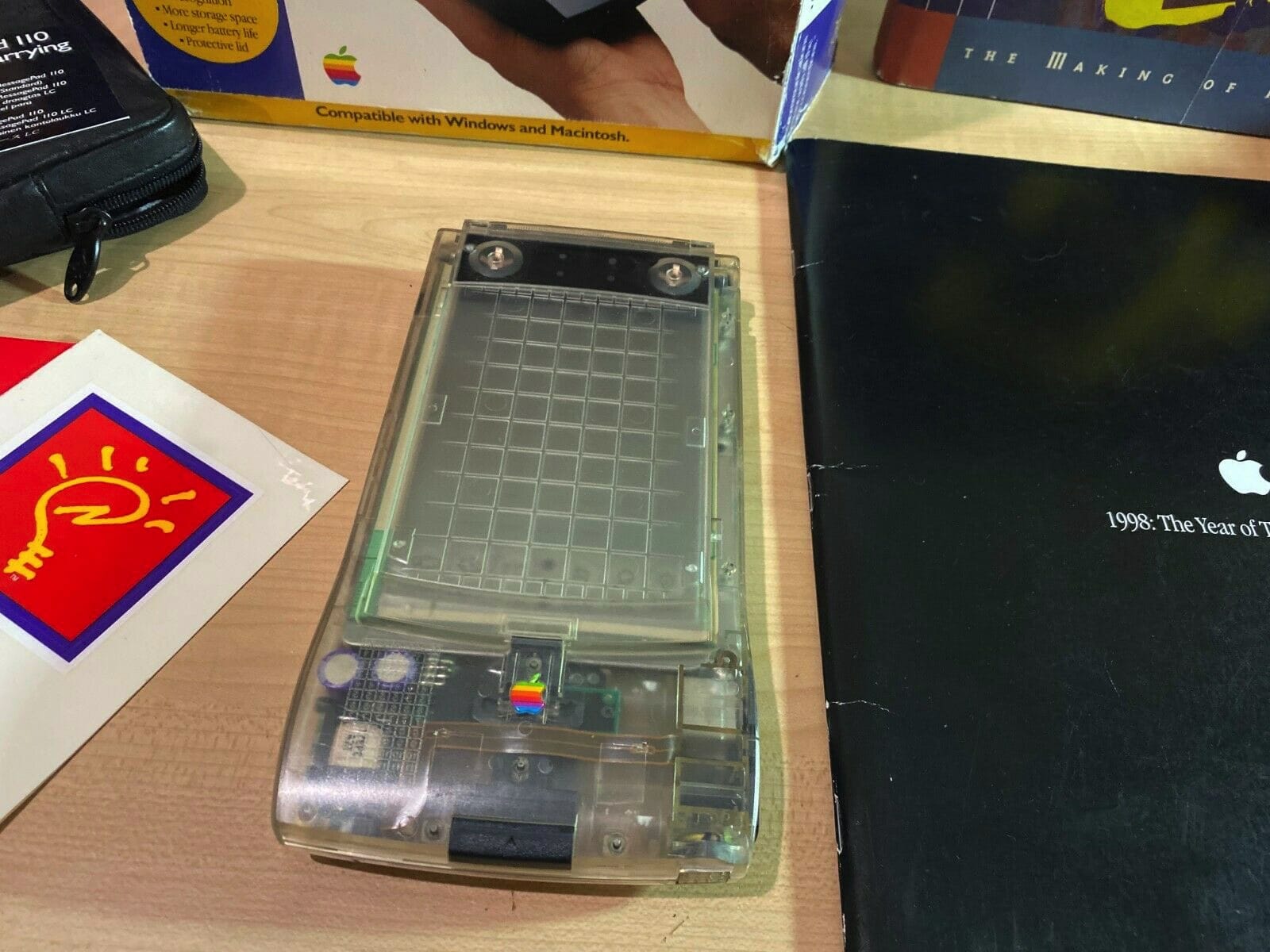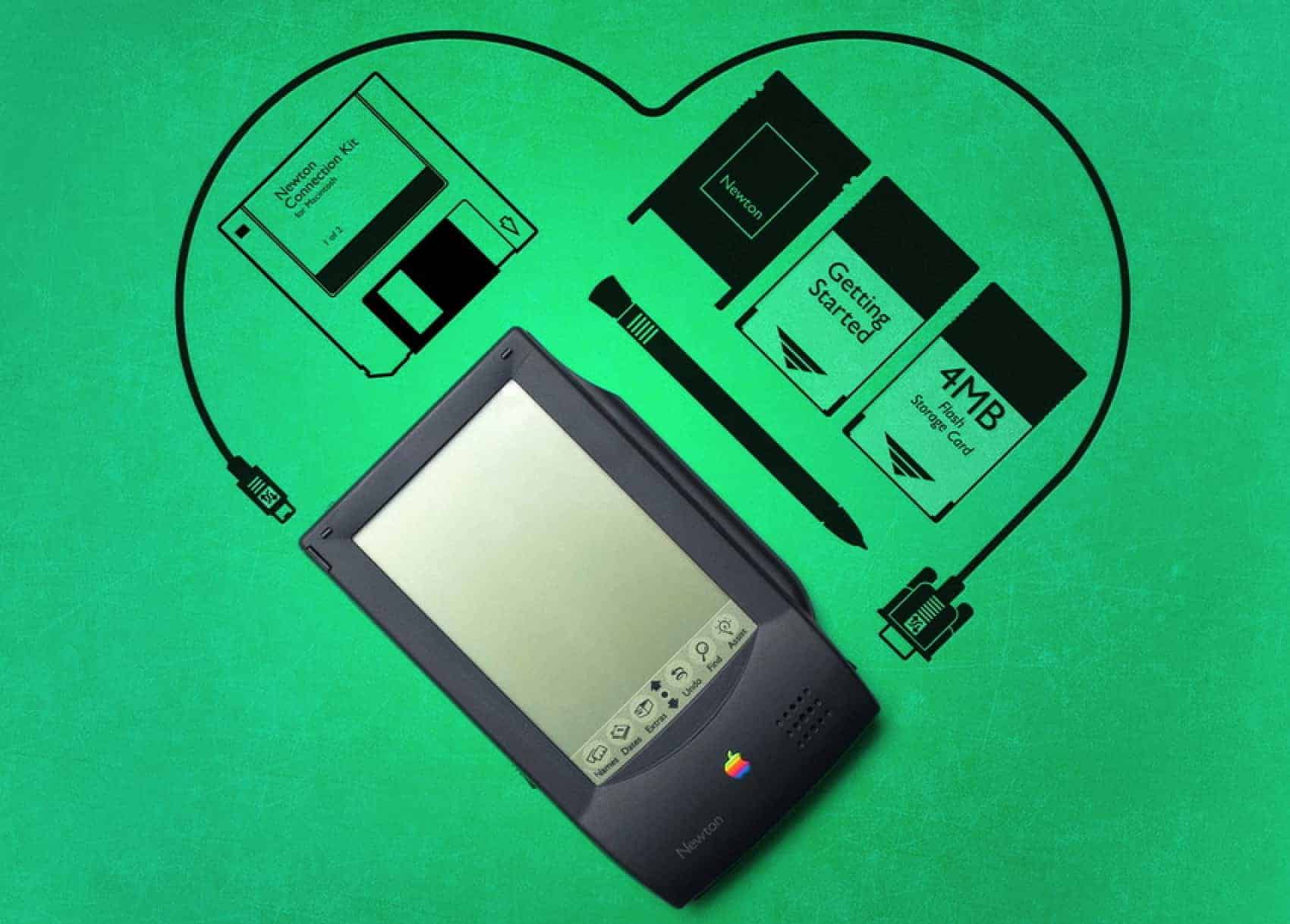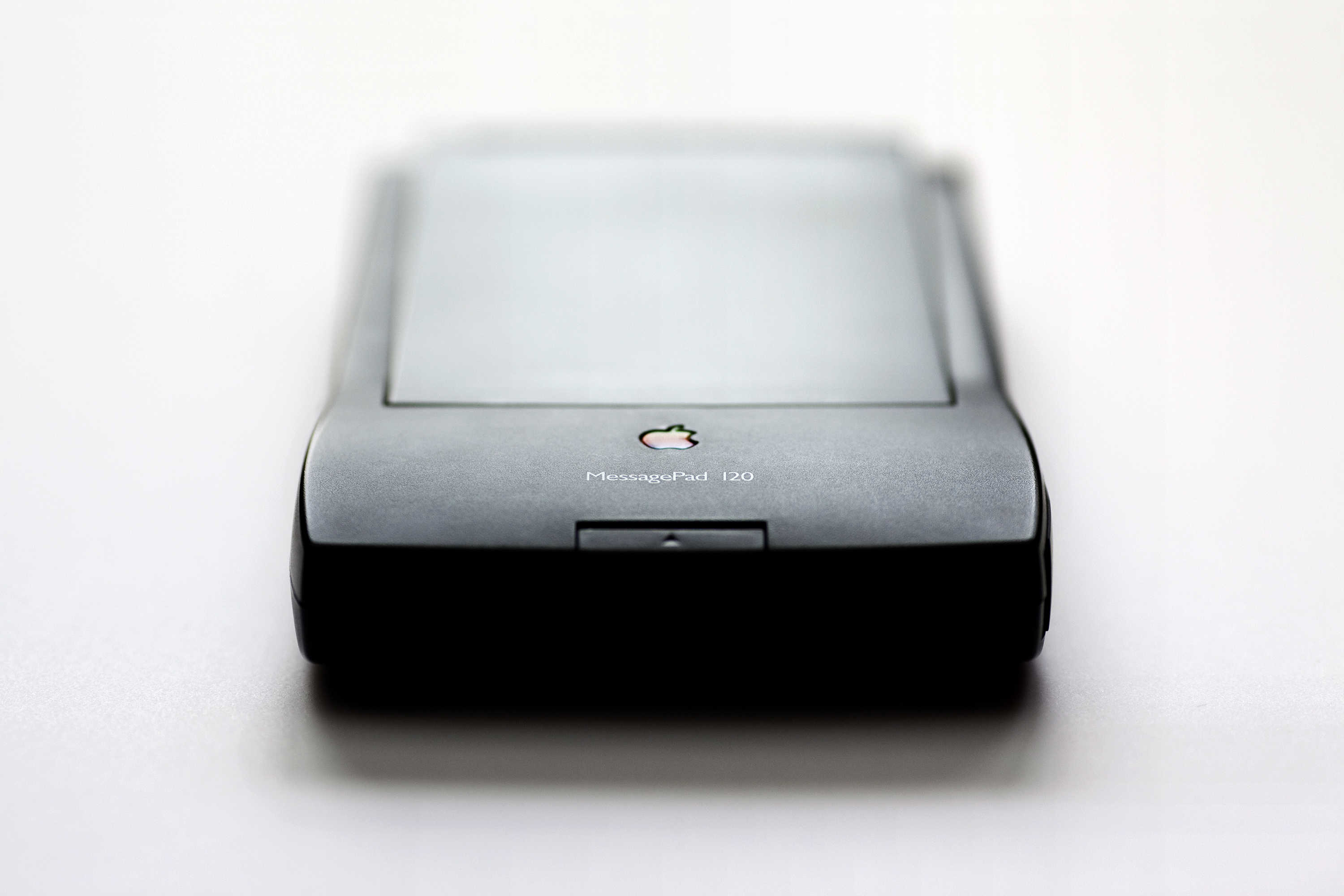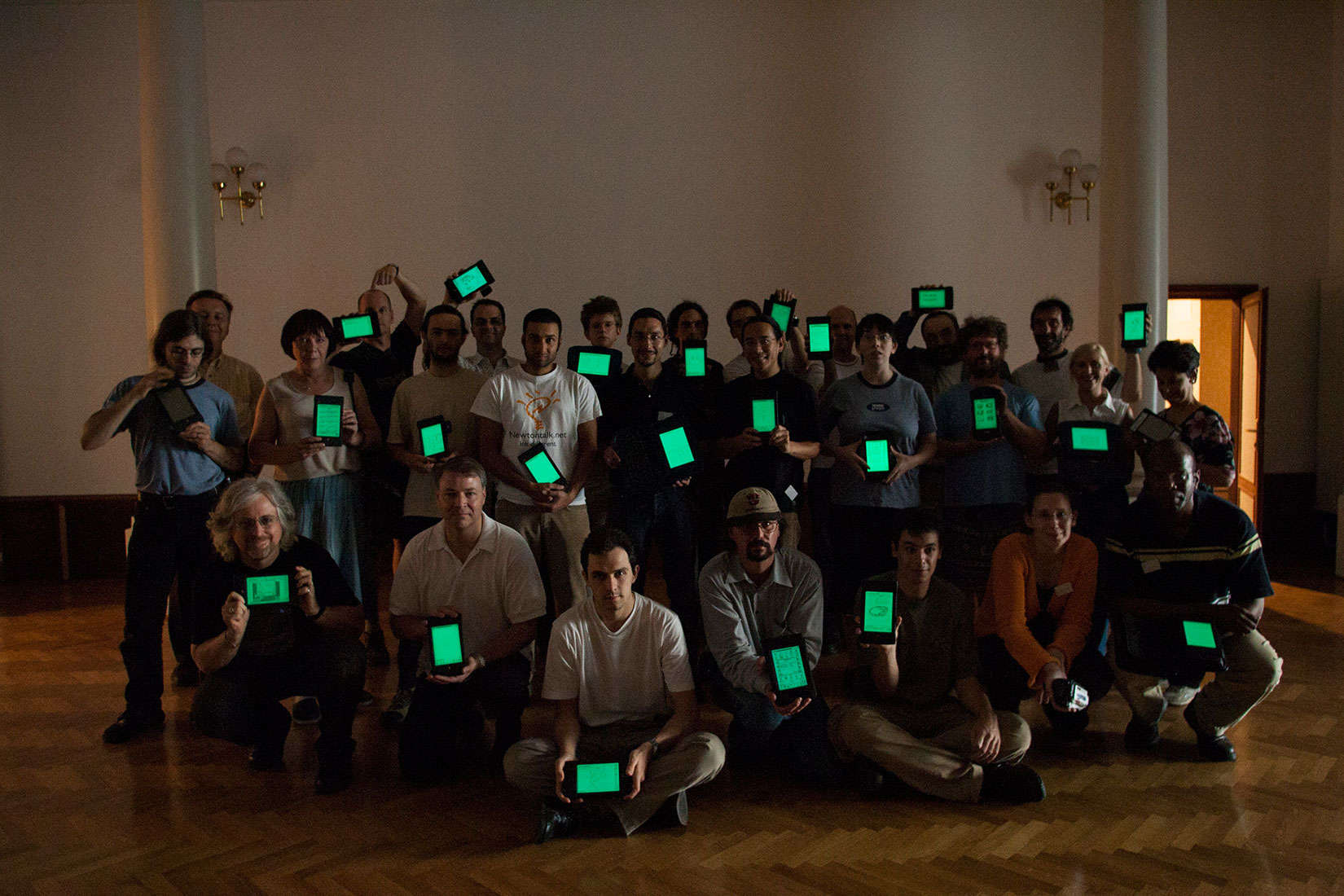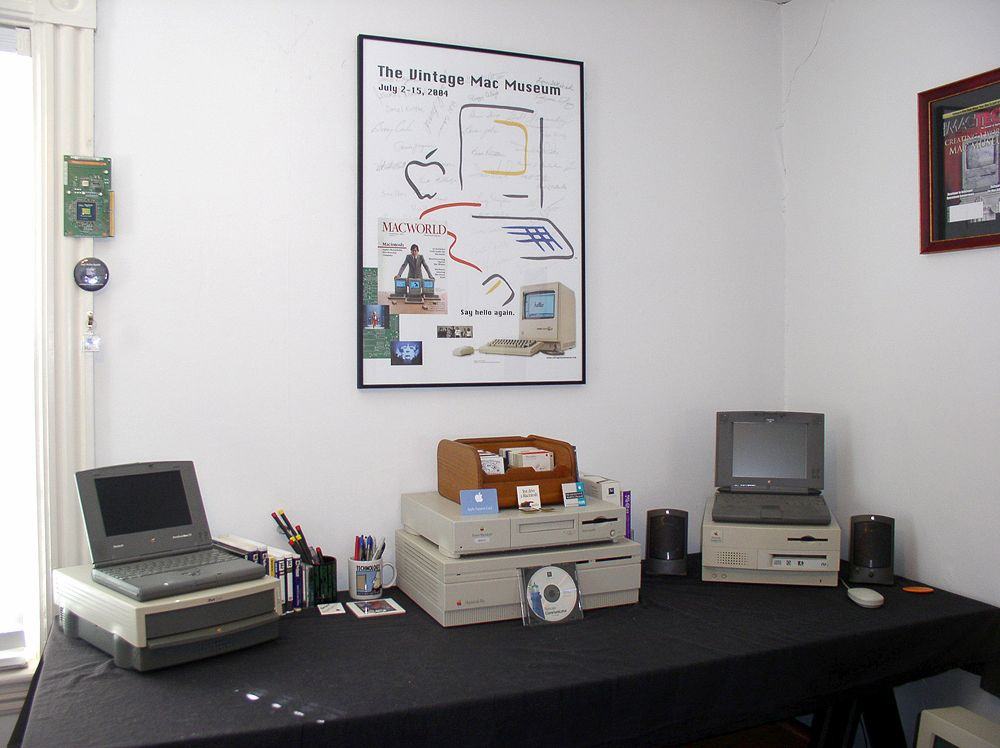The Newton MessagePad, released by Apple on August 2, 1993, was the company’s first personal digital assistant and a precursor to modern handheld devices like the iPhone.
Designed by Apple’s Advanced Technology Group, an early demo of the Newton MessagePad in May 1992 showed how the device combined the functionality of a PDA with an intuitive, user-friendly interface. It featured a touchscreen, handwriting recognition and the ability to store contacts, appointments and notes.
The device offered groundbreaking features that competitors at the time couldn’t match, including wireless communication and a unique operating system designed specifically for the MessagePad.
Newton MessagePad’s flawed handwriting recognition
Despite Apple’s ambitious vision for the PDA, the Newton MessagePad faced numerous challenges. The most significant: its flawed handwriting recognition system. Although innovative, it frequently proved inaccurate and thus frustrating for users. This led to negative reviews and a lack of consumer confidence, undermining the device’s potential.
Additionally, the Newton MessagePad’s high price point and relatively limited software ecosystem made it difficult for the device to gain mass-market appeal. Although a technological marvel for its time, the Newton’s flaws led to its commercial failure as Apple struggled to find a market for it beyond a niche group of early adopters.
Apple spun off its Newton division in May 1997, but then Apple co-founder Steve Jobs — who had just returned to the company — flip-flopped on the decision in September 1997.
Apple discontinued work on the Newton MessagePad in February 1998. Still, the device remains a significant part of Apple’s history. This early attempt to integrate mobile computing into daily life laid the groundwork for future innovations in handheld technology.
Despite its commercial failure, the Newton’s influence can be seen in later Apple products, such as the iPhone and iPad.
Newton MessagePad models and release dates
1. MessagePad 100 (released in 1993)
Key features: Apple’s first Newton device came with a 6.2-inch grayscale touchscreen, a Motorola 68328 processor and 4MB of memory. It ran on Newton OS 1.0 and offered basic PDA functions (contacts, calendar and notes) along with handwriting recognition tech.
2. MessagePad 110 (released in 1994)
Key features: This model doubled the memory to 8MB and offered enhanced battery life. Apple also improved the handwriting recognition and added new software features, including better integration with desktop systems.
3. MessagePad 120 (released in 1994)
Key features: More compact than the MessagePad 110, the Newton MessagePad 120 came with the same memory and processor as its predecessor. Portable and lightweight, it also boasted improved software and battery life, with a lower price aimed at capturing consumers.
4. MessagePad 130 (released in 1995)
Key features: Smaller and lighter than previous models, it came with a built-in infrared port for wireless communication and a faster processor, but the same 8MB of memory. It introduced Cardfile for better sharing of data and files between Newton devices.
5. MessagePad 2000 (released in 1997)
Key features: A significant upgrade from previous models, the Newton MessagePad 2000 brought improved performance and features. Its larger, 16-color grayscale touchscreen looked better and felt more responsive than its predecessors. It came with a faster processor and built-in infrared (IrDA) and serial connectivity for synchronization.
6. MessagePad 2100 (released in 1997)
Key features: The last and most advanced model in Apple’s PDA series, the Newton MessagePad 2100 came with a faster ARM-based processor (at 20MHz). The device offered an enhanced touchscreen display, significantly improved battery life, and better infrared and networking capabilities than previous models.
 September 4, 1997: The writing is on the wall for Apple’s Newton product line as the recently returned Steve Jobs effectively kills the Newton Inc. spinoff.
September 4, 1997: The writing is on the wall for Apple’s Newton product line as the recently returned Steve Jobs effectively kills the Newton Inc. spinoff.


 May 29, 1992: Apple demonstrates its
May 29, 1992: Apple demonstrates its  May 22, 1997: Apple spins off its Newton division, creating an independent company to manage the line of personal digital assistants. Newton Inc.’s first job? Selling the MessagePad 2000 PDA, the best Newton device yet.
May 22, 1997: Apple spins off its Newton division, creating an independent company to manage the line of personal digital assistants. Newton Inc.’s first job? Selling the MessagePad 2000 PDA, the best Newton device yet.
 April 19, 1994: Gaston Bastiaens, the executive in charge of Apple’s revolutionary new
April 19, 1994: Gaston Bastiaens, the executive in charge of Apple’s revolutionary new  March 25, 1993: Apple executive Gaston Bastiaens bets a journalist that the eagerly anticipated
March 25, 1993: Apple executive Gaston Bastiaens bets a journalist that the eagerly anticipated 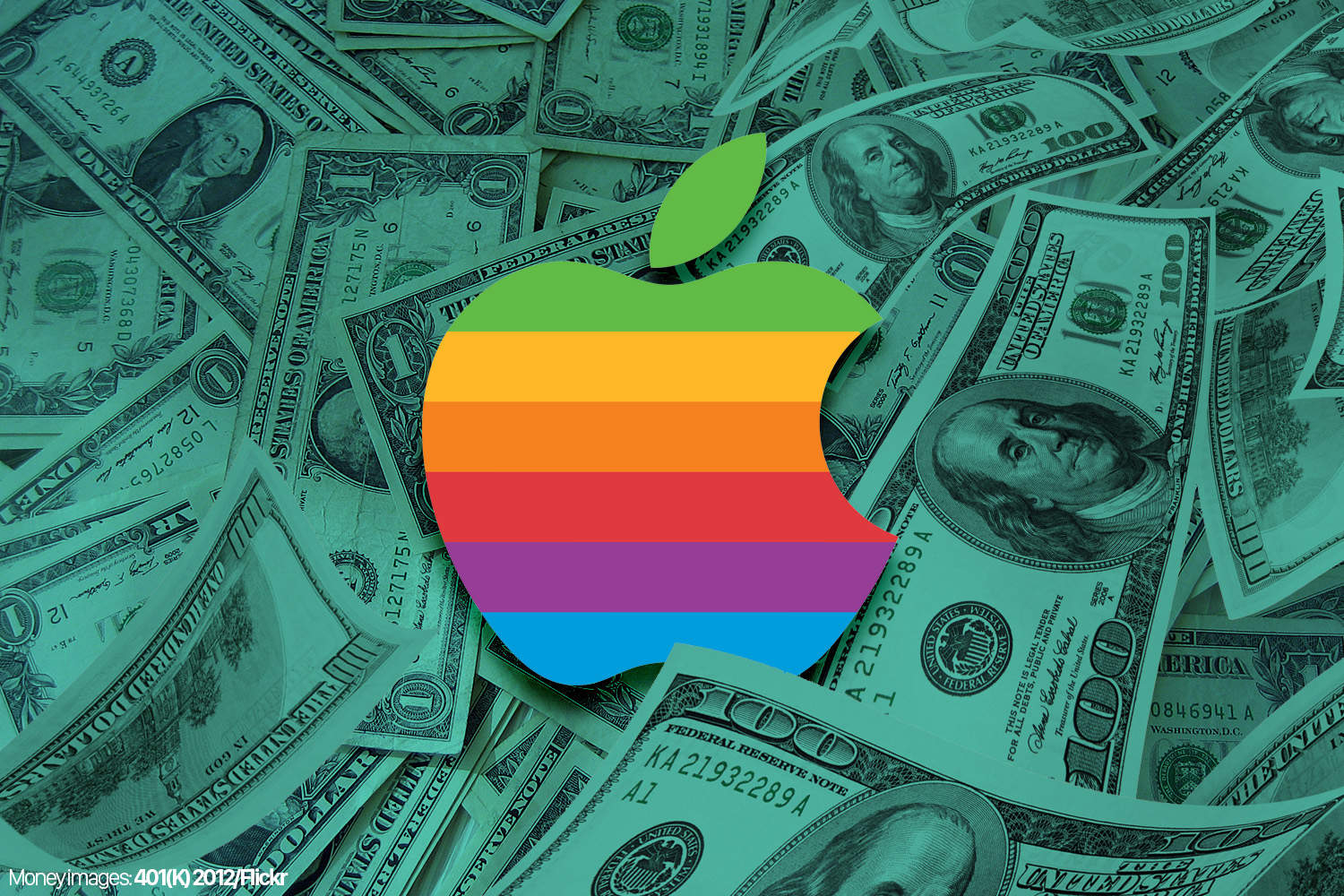
 March 13, 1997: With Apple preparing to cut thousands of jobs, CNN reports that “the coffin door is closing” on Cupertino. Apple is doomed! Doomed!
March 13, 1997: With Apple preparing to cut thousands of jobs, CNN reports that “the coffin door is closing” on Cupertino. Apple is doomed! Doomed!
 March 10, 2004: Apple sends out a survey to select Apple customers, claiming that it is considering relaunching the Newton MessagePad.
March 10, 2004: Apple sends out a survey to select Apple customers, claiming that it is considering relaunching the Newton MessagePad. February 27, 1998: Apple discontinues work on the Newton MessagePad product line, the series of personal digital assistants the company
February 27, 1998: Apple discontinues work on the Newton MessagePad product line, the series of personal digital assistants the company 
 January 30, 1995: Apple Computer launches the Newton MessagePad 120, the first truly great device in an unfairly maligned product line.
January 30, 1995: Apple Computer launches the Newton MessagePad 120, the first truly great device in an unfairly maligned product line.

 Apple’s
Apple’s 